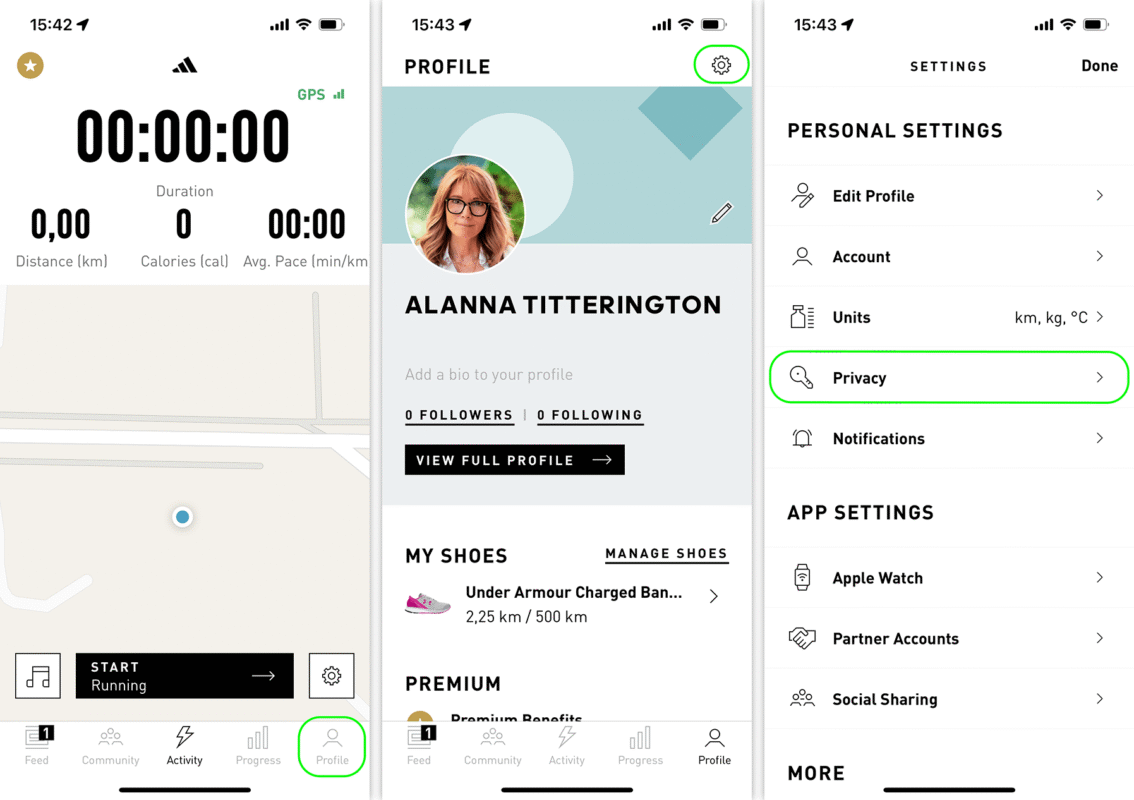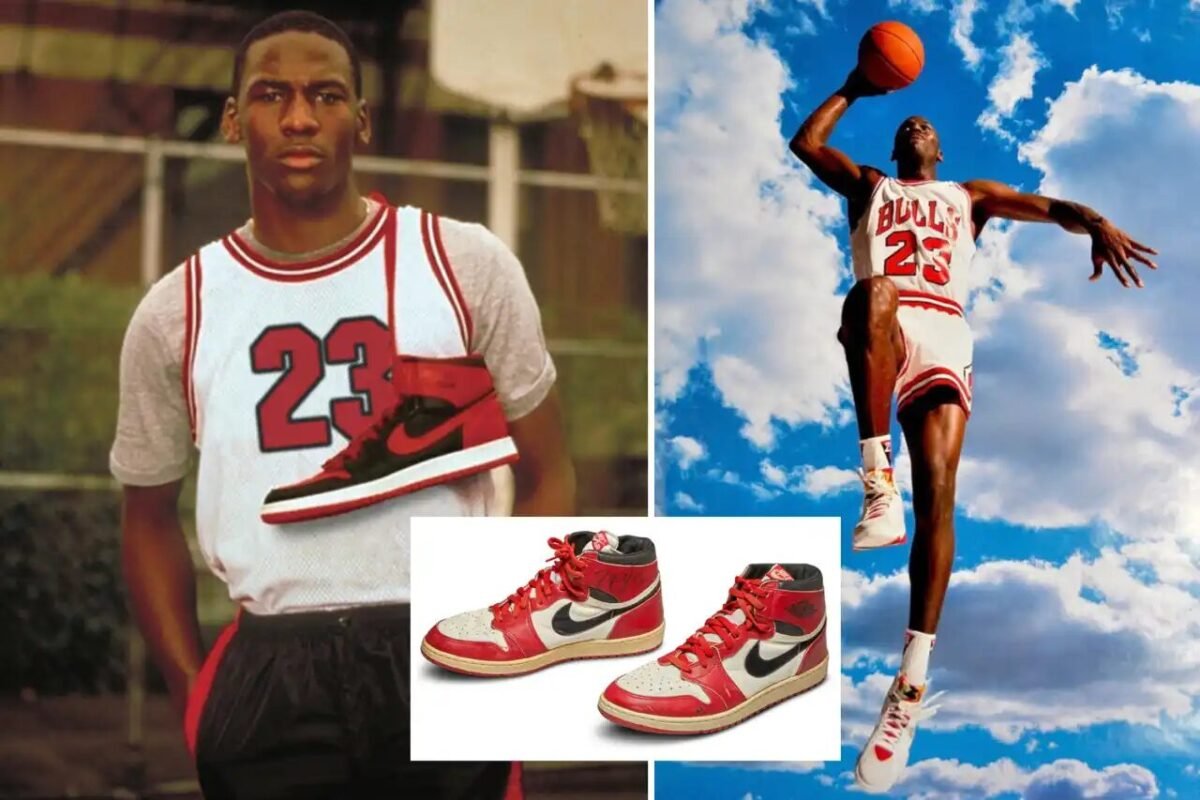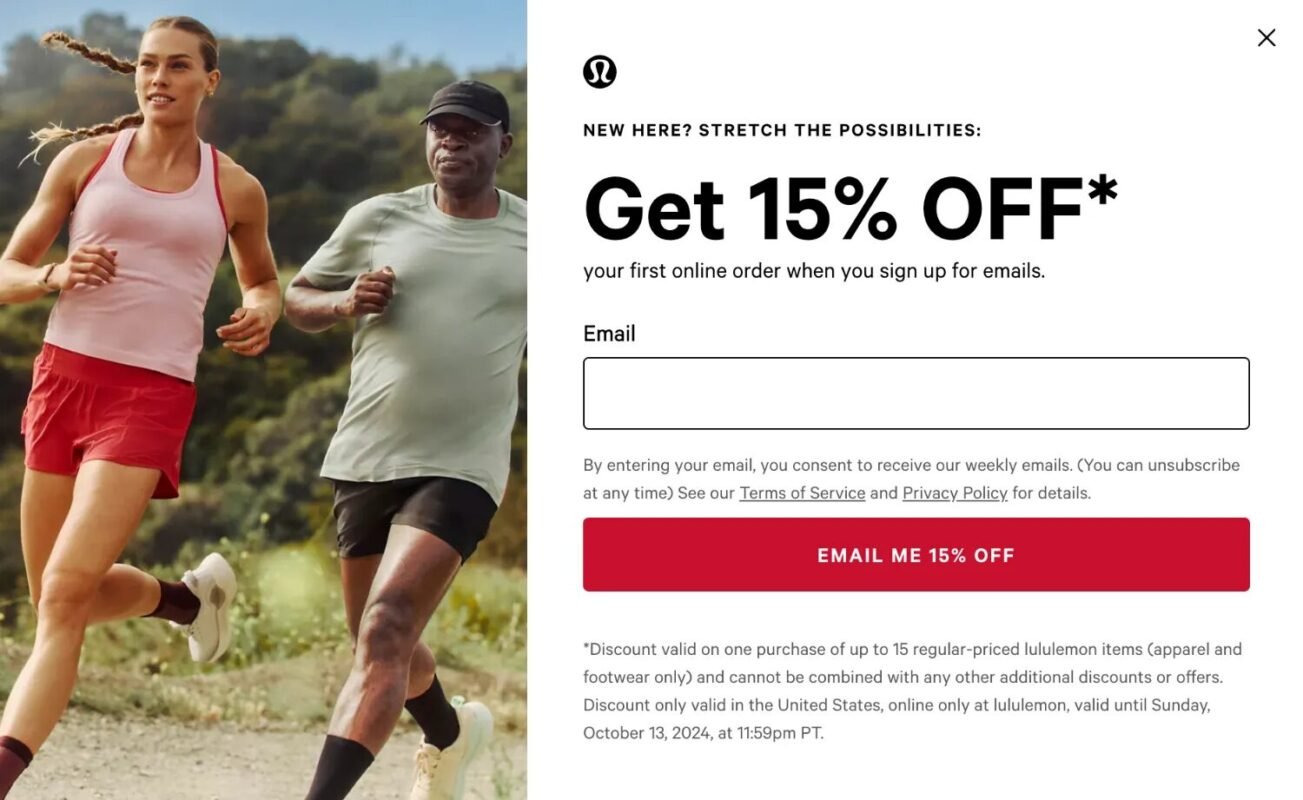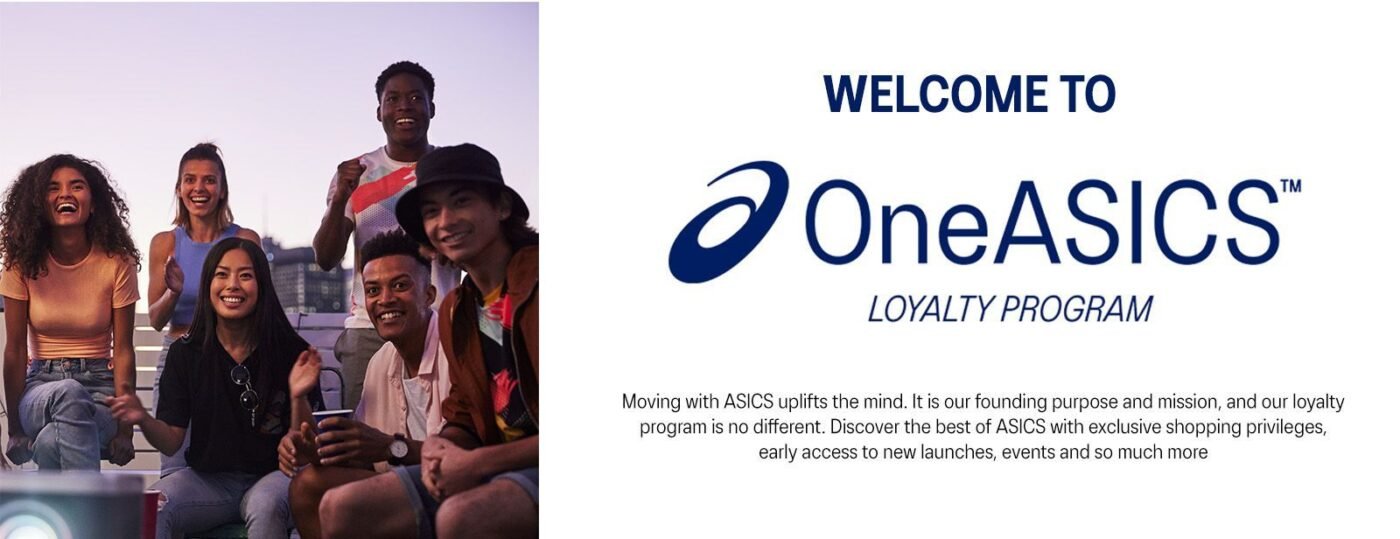What is sports marketing? Sports marketing refers to the strategy of connecting brands with sports. Statista projects a value of $137.8 billion for the sports business by the year 2027. This number indicates the likelihood of marketing goods and services through sports and other activities that people enjoy.
This growth emphasizes that sports marketing is more than just sponsorships or logos on jerseys. Additionally, sports companies use it to promote their brand, attract customers, and cultivate emotional bonds. Master the tactics and nuances to comprehend their significance fully!
Key Takeaways:
- Sports marketing utilizes events, teams, and players to promote awareness of a company.
- Visual storytelling techniques can evoke emotions and make your business appear more appealing.
Explaining ‘What is Sports Marketing’ in Simple Terms
What is sports marketing? This method is effective in building brand awareness and trust through sports events, players, and teams. Therefore, sports marketing is a significant component of the global sector’s growth.
Additionally, sports marketing helps build a brand’s image by associating it with athletic concepts such as teamwork and sportsmanship. It also helps promote events and products by building pride and loyalty. As a result, sports marketing is not simply a one-time deal, but it is a long-term connection.
However, the role of sports marketing becomes more evident when applied through various channels, including sponsorships and advertising. This approach increases awareness of your business and fosters greater loyalty. Consequently, understanding sports marketing meaning is essential to identify what truly works.
10 Strategies of Sports Marketing
Sport marketing enables businesses to effectively promote their products or services while fostering trust with their customers. A well-planned approach can also help your brand appear consistent across various sports media, build confidence, and promote long-term growth. Here are some sports marketing strategies to inspire your brand.
1. Leverage Data-driven Personalization

Adidas Runtastic app tracking running progress (Source: Kaspersky.com)
Data-driven personalization strategies enable sports brands to deliver relevant experiences to fans. Adidas uses the Runtastic app to track users’ running activity. This data is used to recommend shoes and create lively community challenges.
2. Use Visual Storytelling

Lionel Messi in Adidas campaign triumph (Source: Facebook/Adidas)
Visual storytelling strategies utilize powerful images and videos to evoke emotions. This method reinforces a brand’s image through authentic narratives, showing why is sports marketing important in building lasting fan engagement.
A great example is Adidas’ “Impossible Is Nothing” campaign with Lionel Messi’s journey from obstacles to triumph. The goal was to inspire fans globally and strengthen Adidas’ identity as a brand of perseverance and success.
Also Read : 16 Profitable Sign Business Ideas That Stand Out in Any Market
3. Partner with Athletes

Michael Jordan with Nike endorsement revolutionized sports marketing (Source: thesun.co.uk)
Athlete endorsement strategies use the fame of sports players to help companies. Michael Jordan, former professional basketball and baseball player, and Nike collaborated to establish the Air Jordan sub-brand, which has become worth billions of dollars.
This partnership raised awareness, created a worldwide symbol, and demonstrated the lasting impact of powerful endorsements in sports marketing.
4. Use Brand Ambassador

Conor McGregor promotes Reebok sportswear campaign (Source: themaclife.com)
The brand ambassador strategy leverages athletes to convey brand values authentically. Conor McGregor, a world-class martial artist and UFC star, was chosen by Reebok for his global influence. This collaboration reinforces Reebok’s image as a symbol of strength, courage, and a competitive lifestyle.
5. Secure Sponsorships

Dwayne Johnson wearing Under Armour (Source: underarmour.com)
A sports sponsorship strategy involves partnering with athletes or events to build visibility and credibility. Under Armour collaborated with Dwayne Johnson, a professional wrestler, to symbolize authenticity and strength. This partnership demonstrates how sponsorship revitalizes brand identity, supporting a fresh start in the fitness market.
Also Read : Black Friday What It Means for Sellers
6. Run Digital Ad Campaigns

Puma digital ad showcasing football boots (Source: YouTube/PUMA)
Digital advertising strategies help sports brands effectively reach a global audience. Puma leveraged advertising on Instagram and YouTube to promote its latest sneakers. The goal was to increase sales, strengthen its dynamic brand image, and build emotional connections with sports fans.
7. Maximize Online Reach

Nike honors Alex Morgan on Instagram (Source: Brand24.com)
A sports marketing strategy can be implemented through social media by sharing relevant content with fans. Nike features athlete stories (such as their tribute to soccer star Alex Morgan), training tips, and product campaigns on Instagram and TikTok. By highlighting core values such as courage and equality, Nike fosters emotional engagement and long-term brand loyalty.
8. Grow Customers with Newsletter Signup

Lululemon newsletter signup page offering 15% discount (Source: litextension.com)
A newsletter signup strategy is an effective way to attract new customers to sports brands. Lululemon (a yoga and exercise apparel company), for instance, offers a 15% discount to first-time signups.
This incentive not only introduces their sports apparel collection but also creates a direct channel for ongoing communication with the customer. By sending tailored content and promotions through this newsletter, the brand can maintain loyalty and significantly increase long-term sales.
Also Read : What Is Growth Marketing: A Path to Bigger Business Wins
9. Build a Fan Loyalty Program

ASICS OneASICS loyalty program welcoming members (Source: Asics.com)
Fan loyalty programs strengthen relationships through exclusive rewards. As an example, the sportswear brand ASICS offers points for every transaction, along with early access to new products and special promotions through its OneASICS program. This strategy effectively drives higher engagement, cultivating lasting loyalty among its most valuable customers.
10. Create On-site Retail Experiences

New Era Super Bowl retail booth activation (Source: nparallel.com)
Opening retail outlets at sporting events strengthens direct engagement with fans. New Era featured a dedicated hat booth during the Super Bowl. This on-site experience created a unique and memorable interaction that strengthened the brand’s image, and it also led to greater fan engagement and a direct increase in product sales.
Also Read : 5 Wordmark Logo Examples That Define Strong Brands
Visualize Your Sports Brand Into Stories Now!
Many strategies focus on statistics, images, lifestyle, and community that address the issues of sports marketing. This method helps the sports sector expand more sustainably by boosting brand awareness, fostering customer loyalty, and forming emotional connections.
By understanding what sports marketing is, businesses can see the power of sports as a bridge to building a consistent identity. Professional typography support from Letterara Studio makes sports marketing more recognizable, trustworthy, and memorable to audiences. Try creating a cool sports campaign design with our fonts collection!

